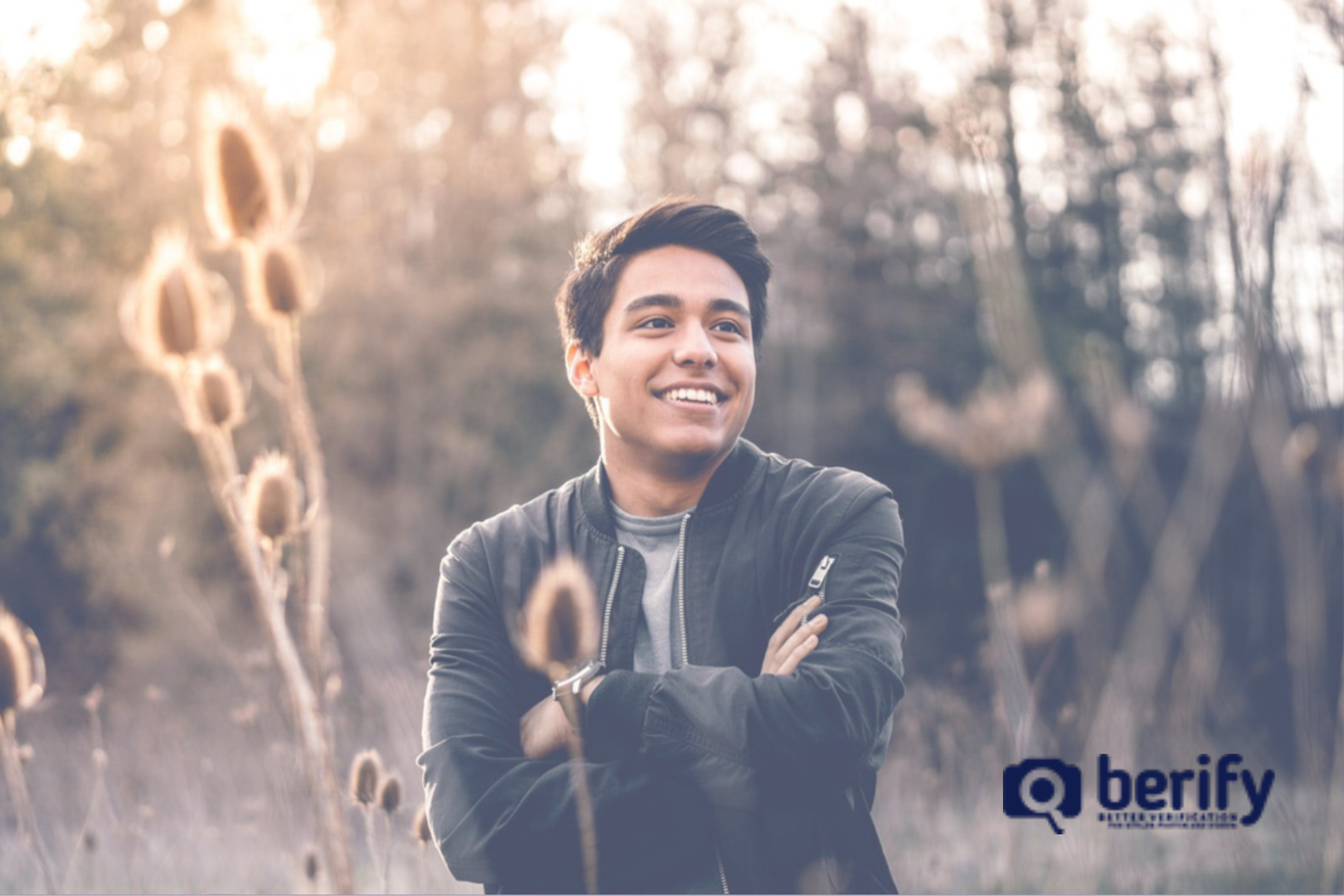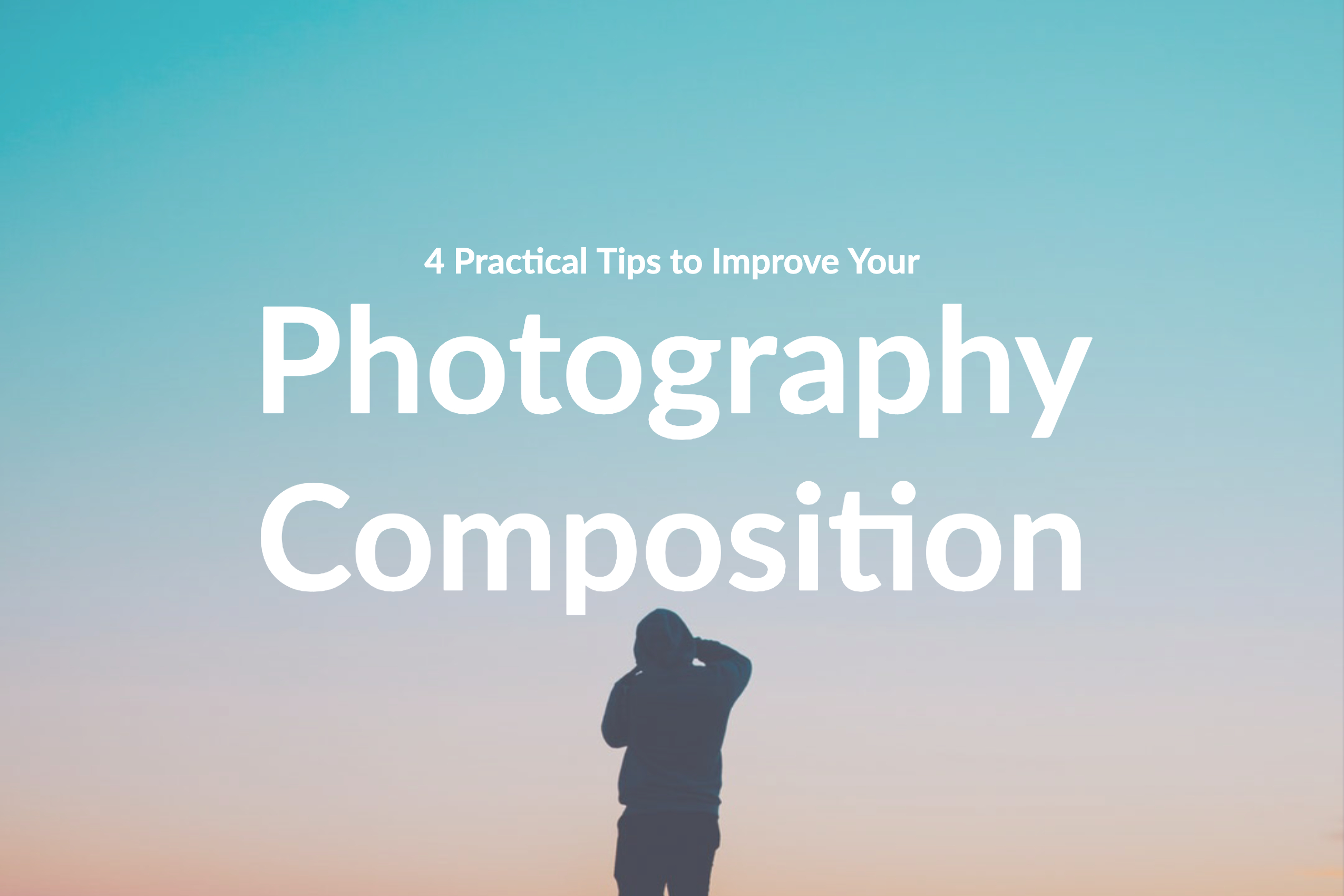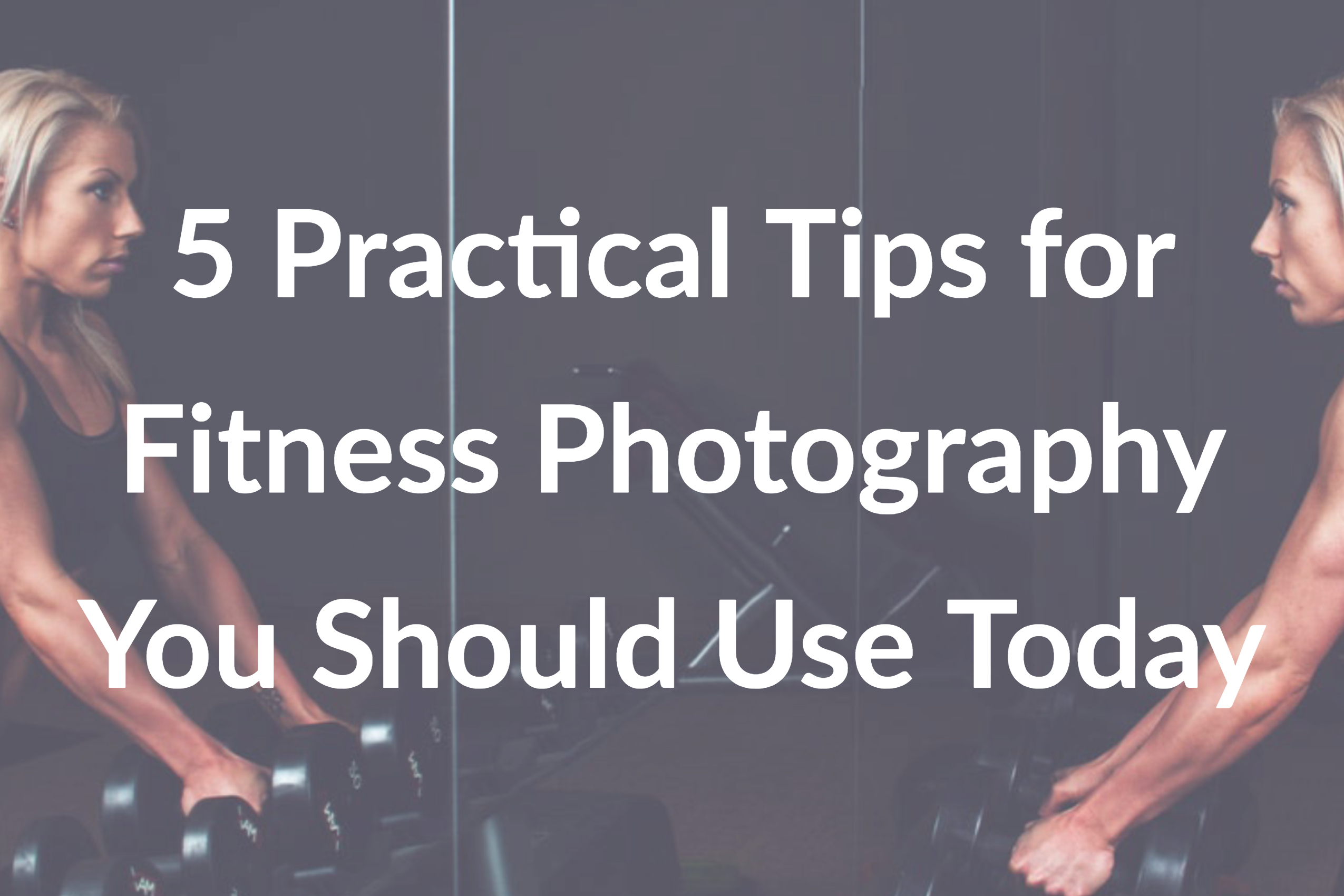Portrait Photography Poses: 7 Foolproof Portrait Poses and Angles
A great portrait relies on your skill as a photographer, lighting, angles, equipment, and also the way a subject poses. While it can be easy to shoot a professional model’s portrait, many models will not have that level of experience.
Whether you work with regular people or amateur models, you will discover that their ability to pose may need direction. Learn what to say and how to guide your subject toward a better pose gently. The happier you both feel during the shoot, the more successful your photographs will be.
Portrait photography can be a lucrative career involving shooting photos for people needing images for magazines, business cards flyers, acting, events, and more. Explore how to get the most out of each picture and get booked on more jobs!
Portrait Photography Poses and Tips
Overview
When you greet your subject and begin a shoot, notice how they carry their body and what they are wearing. Observe their presence through your lens. Does their outfit make them look boxy or long and lean?
Assess what you’re starting with and let them know any concerns you have. Notice how they naturally pose or how they are dressed. Instruct them on how to use the print or fabric of their outfit for more fluid images.
Arms
A subject having their arm(s) squished against their body will not make a great portrait photo. Encourage open arms, separate from their body. This might mean that they bend their arms at the elbow and move them slightly away from the sides of their body. If your subject is nervous, have them relax their shoulders.
Legs
Many people feel uncomfortable with their legs, while others may not know how to pose or stand. Instead of your subject standing with both legs together, which will create a thick base, try having them extend one leg and consider (for fashion models or females) having them push up onto their tiptoe for the extended leg while lifting their hip (to create a sense of curves).
Length
If you are shooting a shorter subject or want them to appear long and lean, try shooting from down low. You can also have your subject sit on an elevated base such as a raised rock, staircase, stage, etc.
Give Praise
A-non professional model’s ability to pose will be as good as your ability to instruct them on how to pose. Be direct and complimentary. When they correct, tell them it looks great. Give feedback and suggest modifications to their pose.
If they have trouble understanding, demonstrate on your own body or switch to a different angle or shot. Primarily, make them feel supported and like they are doing a good job (even if they are struggling to pose correctly).
Angles
The angel of your shots matter. Each photo shoot should incorporate a range. Don’t assume that a portrait shoot means all photographs should be taken at eye level. Especially when you want to create length, shoot low with a wide lens (28/35mm).
Be Unique
Consider incorporating the following into your shoot: Action shots, classic poses, group hugs, standing and sitting postures, facing in 2 opposite directions, leg extension, eye level, back to back, lying down and shot from above, silly faces, twirling, peeking, serious, looking back at the camera, follow me pose, etc.
The poses that you pick will depend on the style, age, and type of shoot for the subject who is modeling for you. Make use of their wardrobe and let the uniqueness of their style add to the shot.
Worried some of your favorite images are being stolen and used online without your consent? Both pro photographers and those new to the field have their work taken and used in blogs or online advertisements. Don’t work hard and have your work used without your consent.
Go to Berify and search your most successful images, to make sure no one is infringing on your copyright.






